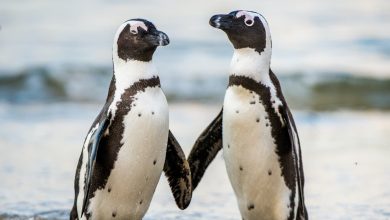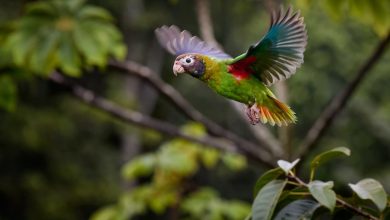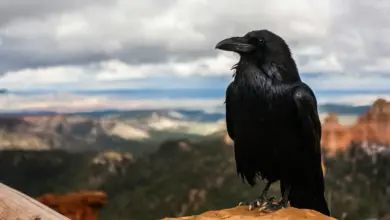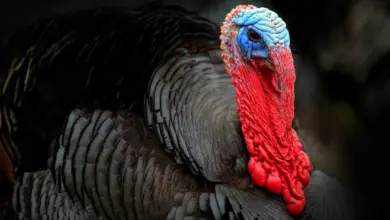Birds inhabit diverse environments across the planet, thriving in skies, forests, deserts, and waterways. However, many predators target birds as food sources, leading to a constant struggle for survival. This article explores the main natural predators of birds and how they hunt, kill, and consume avian prey.
Birds employ flight, vigilance, and nesting strategies to avoid threats. But predators have adapted their skills and behaviors to counter such defenses. Examining these predator-prey relationships provides insights into the complex interdependent dynamics across ecosystems worldwide.
While not exhaustive, this article profiles the primary animals that prey on birds. It aims to provide perspective into the perpetual dangers birds navigate while showcasing the hunting adaptations of the predators themselves. Appreciating the constant vulnerability of birds deepens respect for the ecological balances that enable diverse species to persist despite a web of mortal risks.
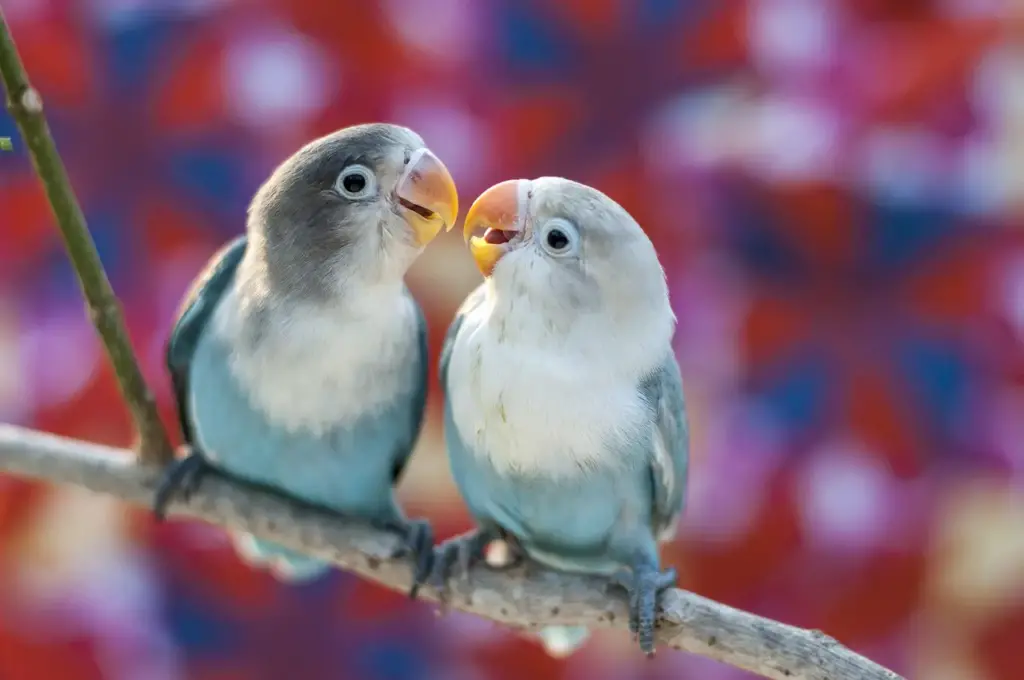
Designed for Flight
To understand what eats birds, it helps first to examine their evolutionary adaptations. As descendants of feathered dinosaurs, modern birds developed lightweight skeletons, efficient respiratory and circulatory systems, and powerful musculature in order to take flight.
Their hollow, aerodynamic bones reduce weight. An advanced heart and lungs enable sustained energetic output. Flight feathers on wings and tails supply lift and steering. Birds also have acute vision and hearing to detect threats while airborne or in dense cover.
These traits allow birds to exploit food sources through flying, scavenging, and foraging while avoiding predators. However, some skilled hunters have evolved their own methods for circumventing or exploiting the advantages of flight.
Raptors Spy From Above
Among the most lethal avian predators are raptors – birds of prey like hawks, eagles, and owls. Using razor-sharp talons and curved beaks, raptors kill and consume other birds in mid-flight or snatch them from the ground.
Golden eagles epitomize aerial mastery, spotting prey subtly moving up to a mile away. From thousands of feet high, they initiate hunting dives exceeding 150 miles per hour. Their massive 7-foot wingspans and 4-inch talons give golden eagles maneuverability and deadly impact force to kill bird prey on contact instantly.
Goshawks inhabit mature forests with quick reflexes to dash through dense cover in pursuit of songbirds and game birds. Hooked upper beaks perfect for tearing flesh help them efficiently pluck feathers to expose the meat underneath.
Burrowing owls use camouflage and patience to ambush land birds from tunnels. The owl’s exceptional hearing guides them to snap up oblivious prey on the wing or while roosting. Raptors demonstrate diverse specialized hunting techniques tailored to their environments and prey.
Snakes Strike With Stealth
For all their vigilance, birds make tempting targets for stealthy snakes that patiently lie in wait. Constrictors like pythons and boas strike and grab onto birds with rows of backward-curving teeth, immediately coiling their muscular bodies to suffocate avian prey.
The African rock python ambushes large bird species like guinea fowl, cranes, hornbills, and herons as they sweep low over waterways. From shoreside branches, the python launches into a strike, latches onto the bird with its toothy grip, and instantly wraps it in powerful crushing coils until it dies. The snake then swallows its prey whole and head first.
Carnivorous Mammals Invade Nests
Mammals employ varied techniques to raid bird nests for eggs or chicks. Bears expertly climb trees to access nests built high up in branches, while crafty rodents like raccoons stealthily scale tree trunks under cover of night. Equally nimble cats snatch nestlings swiftly.
In the Arctic, foxes monitor seabird colonies and pounce when adults leave nests. They consume eggs hurriedly and may cache extras for later. Skunks raid nests on the ground, digging out eggs and helpless nestlings. Weasels and minks scale trees and pursue adult birds into cavities. For vulnerable nesting birds, mammals of all sizes pose a major threat.
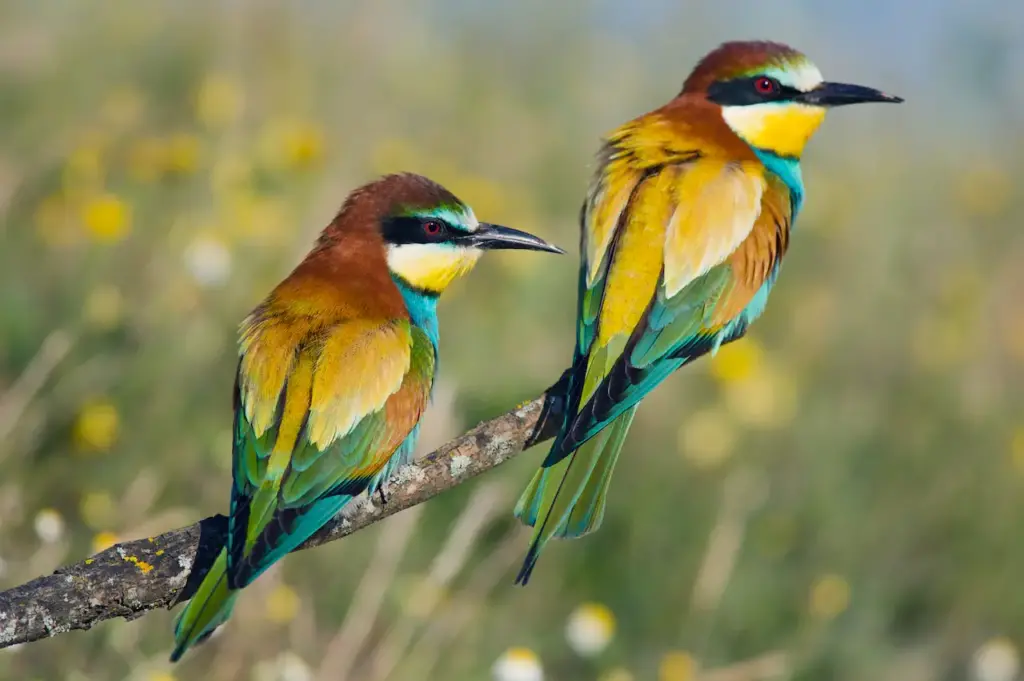
Bigger land predators like wolves and mountain lions opportunistically snag unwary birds focused on nesting duties. Even assumed herbivores like deer pluck and ingest eggs they discover while foraging. Mammals are consummate nest raiders uniquely equipped to steal bird eggs and chicks.
Reptiles Raid Nests Opportunistically
Like mammals, reptiles also take advantage of seasonal surges in egg and nestling availability. Monitor lizards adroitly scale trees and stalk nesting colonies. Snakes slither up trunks and drain eggs with puncture holes or consume chicks whole.
The common black snake climbs arboreal nests while hunting rodents but won’t pass up eggs when encountered. Water monitors swim out to heron and cormorant nesting areas dotting mangroves to plunder unattended eggs. With flexible diets and climbing skills, reptiles supplement their nutritional intake through opportunistic bird nest raids.
Even diminutive reptiles like geckos eat eggs. Specialized teeth allow them to crack into eggshells and lap up liquid contents. Whether climbing or digging, reptiles employ diverse tactics to exploit nesting birds for an easily obtained meal.
Scavengers Consume the Dead
While not actively killing healthy birds, ubiquitous scavengers play an important role in consuming bird carcasses. Vultures soar for miles in search of dead animals to feed on, making quick work of any avian remains. Their highly acidic stomach acids kill bacteria from diseased or rotting carcasses that could sicken other wildlife.
Opportunistic gulls convergently circle injured birds to snatch up a free meal the instant any carcass hits the ground. Crabs nibble drowned seabirds that wash ashore. Ants and beetles pick bird skeletons clean after larger scavengers have had their fill. Though not actual predators, scavengers prevent further disease spread and complete the nutrient recycling process.
Humans Disrupt Complex Cycles
While many animals naturally prey on birds as part of complex ecological cycles, human activities present new threats through environmental damage. Pollution, invasive species, expanding cities, and climate change degrade and fragment the habitats birds rely on.
Agriculture converts forests and grasslands into monocultures lacking biodiversity. Overuse of pesticides reduces insect populations essential to avian diets. Discarded plastics choke shorebirds and seabirds. Light pollution alters migration patterns, causing deadly collisions. The direct and indirect impacts of humanity’s expanding footprint continue to alter the delicate balance of predator and prey.
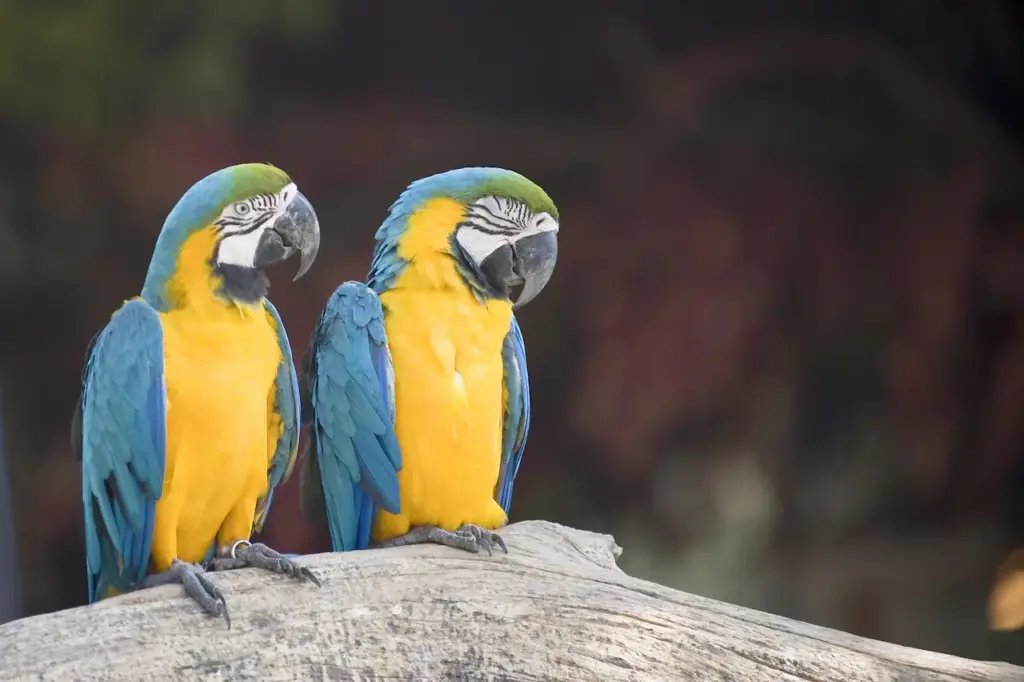
Fish Catch Waterbirds and Shorebirds
Birds that wade and swim face dangers from below in the form of hungry fish. Wading birds like herons and egrets that stand motionless in shallow water can be pulled under and drowned by lurking alligators or large fish. Cormorants and grebes pursued by fish underwater cannot swiftly take flight and get caught.
Giant trevally, barracuda, salmon, and other large predatory fish leap up from the depths to snatch low-flying seabirds just above the surface. Diving birds get grabbed and drowned before they can escape. For all birds, staying vigilant above and below is key to avoiding aquatic predators.
Conclusion
The diversity of bird predators showcases nature’s endlessly shifting dynamics. Flight and cognitive abilities provide birds advantages while predators evolve new ways to capitalize on inherent vulnerabilities. As both predator and prey, birds exemplify the complex interdependencies underpinning all ecosystems.
Understanding these relationships deepens appreciation for the many forms of ingenuity through which species sustain themselves, from raptors’ aerial ambush to mammals’ nest raiding to scavengers’ waste elimination. Humans both rely on these cycles and imperil them through unchecked development. Moving forward mindfully to preserve biosphere integrity will allow for the continued flourishing of all flighted prey and earthbound predators alike.

